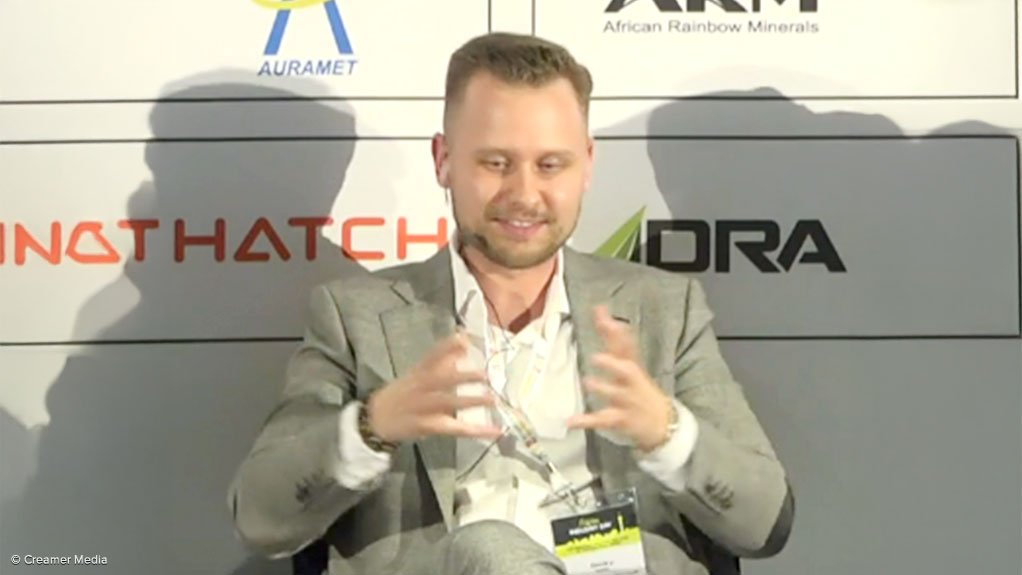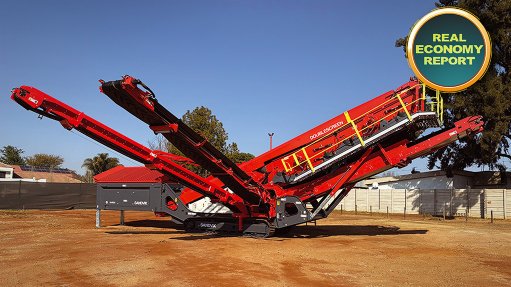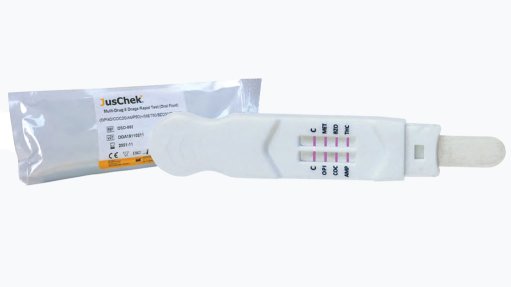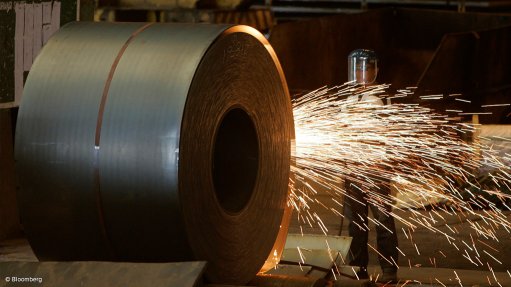South Africa invited to help uplift palladium demand by 1.7-million ounces a year
JOHANNESBURG (miningweekly.com) – South African platinum group metals (PGM) companies have been invited to become part of a programme that is targeting an initial 1.7-million-ounce increase in demand for palladium, a PGM that research is showing has a long list of potential new applications.
In making this invitation at the PGM Industry Day in Johannesburg, major palladium producer Nornickel reported that it is on the verge of opening a large, globally collaborative palladium laboratory, as part of its new 100-patent Centre for Palladium Technologies that is striving to change how the world sees palladium.
Since its launch, the centre has built a portfolio of 25 products and by 2030, the portfolio is expected to advance beyond 100 projects, generating an additional 1.7-million-ounce annual palladium demand.
“We aim to share expertise and collaborate with those who, like us, see palladium as a metal of the future,” Centre for Palladium Technologies head Dmitry Izotov stated during a PGM Day panel discussion covered by Mining Weekly.
The visit to South Africa was part of a global roadshow aimed at combining research and business efforts to drive sustainable development.
From a chemical perspective, PGMs complement each other in many applications and research shows that palladium alloyed with other PGMs frequently outperforms the efficiency and durability of individual PGMs.
Potential new palladium applications highlighted in Johannesburg include:
- Using a layer of palladium to minimise the light loss of solar panels;
- Upgrading hydrogen fuel cell performance;
- Lowering green hydrogen production costs;
- Replacing scarce iridium with palladium in organic light-emitting diode (OLED) displays; and
- Deploying palladium-based alloys to reduce conductive component expenses in electronics.
A palladium layer in silicon solar cells is expected to provide a 2%-plus efficiency uplift owing to reduced light reflection and absorption compared with silver enhanced photon capture. There is also said to be less microcrack propensity.
Palladium-platinum alloy is said to provide 10%-plus optimisation in hydrogen fuel cell catalysis and proton exchange membrane (PEM), plus a PEM replacement cost reduction of 10% to 25%.
When it comes to OLED displays, palladium use is said to reduce costs by 50% to 70% and increase the lifespan of blue OLEDs by 50%.
Palladium is said to have a great future from a chemical standpoint. “PGMs are, in many cases, substitutes but more important is that they are also complementary. The results of thousands of experiments give us a confidence to state that PGM alloys, in the most cases, give better efficiency and lifetime results than individual PGMs on their own.
“We understand that recycling gets more complicated with alloying PGMs, which is why we're working closely with the refiners to bring to the market, not only new palladium-based technologies, but also to teach people how to recycle in an easier and optimal way,” said Izotov.
The approach of the Centre for Palladium Technologies is to become a technological partner of PGM product producers.
“Basically, what we do is we find the prospective project where palladium can give very clear competitive advantages. Then we find the best scientific team who can make this project in the best quality in the shortest time.
“We make the prototype. We arrange the wide industrial testing among the end-users, collect the feedback, improve the product, and then provide licences to the producers of the PGM materials.
“This construction is of mutual benefit for everybody. Local producers can produce more on their capacities. We get more palladium demand. We drive the price and it's a win-win model.
“This approach requires the building of a very solid network of trusted partners, and that is a real big priority for us. It takes us nine months from the scope on the paper to successful lab testing,” Izotov outlined to the PGM Day audience.
The aim of the participation at the Johannesburg event was to initiate dialogue with potential partners across the continent – research institutions, industrial firms, and tech startups.
Long-term collaboration with scientists, manufacturers, and end-users to accelerate the adoption of advanced technologies and products is envisaged.
"We focus on identifying applications where palladium delivers a strong competitive edge, bringing together leading scientific teams to develop prototypes, conducting large-scale industrial trials, optimising the product, and transferring the technology to manufacturers. This approach allows us to create more efficient materials and open up new markets for palladium applications," Izotov explained.
At the outset in 2021, there were no AI solutions but by end of 2024, 80% of equipment was operated by computer vision algorithms, and at operational level, the company’s biggest mining mill is functioning automatically on machine learning.
“The operator is not involved,” Izotov reported, with algorithm learnings taking place “like every 15 minutes, and that’s really a big thing for us”.
The improved economic effect of innovations on company earnings before tax, depreciation and amortisation is reported to be $200-million a year.
Comments
Announcements
What's On
Subscribe to improve your user experience...
Option 1 (equivalent of R125 a month):
Receive a weekly copy of Creamer Media's Engineering News & Mining Weekly magazine
(print copy for those in South Africa and e-magazine for those outside of South Africa)
Receive daily email newsletters
Access to full search results
Access archive of magazine back copies
Access to Projects in Progress
Access to ONE Research Report of your choice in PDF format
Option 2 (equivalent of R375 a month):
All benefits from Option 1
PLUS
Access to Creamer Media's Research Channel Africa for ALL Research Reports, in PDF format, on various industrial and mining sectors
including Electricity; Water; Energy Transition; Hydrogen; Roads, Rail and Ports; Coal; Gold; Platinum; Battery Metals; etc.
Already a subscriber?
Forgotten your password?
Receive weekly copy of Creamer Media's Engineering News & Mining Weekly magazine (print copy for those in South Africa and e-magazine for those outside of South Africa)
➕
Recieve daily email newsletters
➕
Access to full search results
➕
Access archive of magazine back copies
➕
Access to Projects in Progress
➕
Access to ONE Research Report of your choice in PDF format
RESEARCH CHANNEL AFRICA
R4500 (equivalent of R375 a month)
SUBSCRIBEAll benefits from Option 1
➕
Access to Creamer Media's Research Channel Africa for ALL Research Reports on various industrial and mining sectors, in PDF format, including on:
Electricity
➕
Water
➕
Energy Transition
➕
Hydrogen
➕
Roads, Rail and Ports
➕
Coal
➕
Gold
➕
Platinum
➕
Battery Metals
➕
etc.
Receive all benefits from Option 1 or Option 2 delivered to numerous people at your company
➕
Multiple User names and Passwords for simultaneous log-ins
➕
Intranet integration access to all in your organisation





















